Did your last energy bill make you wince?
It’s the same story up and down the country, as energy bills double or even triple and everyone looks for ways to manage the price rise. Some change providers, some simply try to use less, and others are installing brand new systems to be more efficient. But we have a fourth option for you to consider – and it’s much more convenient and cost effective than the others.
Make sure your settings are correct.
Yes, it really is as simple as that to save money on your HVAC bills, and here’s why.
Why Set-Up Is Important
Heating, ventilation and air conditioning systems are by no means simple. They are actually quite complex, and they need to work together in harmony in order to perform properly and deliver energy-efficient heating and cooling for your business or home. This means you need to have them set up in the right way to provide you with the most energy-efficient heating and cooling for your space.
A great example of why set up is so important is actually a domestic thermostat, exactly like the one you have in your own home. Research has shown that setting your thermostat just one degree lower could save you around 10% of your heating bill. And if you’re one of those households that sets their thermostat at around 25°C, you could save even more by turning it down to the recommended 20°C. It’s a similar story in commercial buildings, with slight set-up changes being able to yield massive cost savings.
Set Up Mistakes That Could Be Costing You Money
There are a huge number of ways you can set up your HVAC system, and you can change these settings at any time. Most people will change their settings when the seasons change to compensate for the change in weather – but others will just leave the settings be, wasting money in the process. To give you an idea of what we mean, here are some of the most common set-up mistakes we see in both commercial and domestic HVAC systems:
Heat set wrong: The most basic of mistakes – your thermostat is set too low or too high. Your thermostat is critical for regulating the temperature within a space, over time, so if it’s not set correctly you could be heating an empty building and wasting energy, or leaving your tenants shivering.
Sensor not working properly: If your thermostat sensor is broken, isn’t performing properly or is miscalibrated, this means your HVAC systems could be running at the wrong times. In the worst-case scenario, your sensor would be reading the room temperatures as lower than they are, and running hot air through a building that didn’t need it, costing you a small fortune.
Timer not working properly: Again, since HVAC systems often work on a schedule, ensuring your timer is working and set correctly is important. This is what allows you to control how much energy you use by running the heating or cooling at optimum times, and not running it when not needed. If your timer isn’t set properly, you could be spending money on running it when you don’t need to.
The thermostat doesn’t work: Finally, your thermostat just flat out doesn’t work at all. It either isn’t connected properly, or it sends the wrong temperatures to the main system, which can lead to you using gas and electricity at the wrong times, or even 24/7, which will end in a very, very expensive bill.
And these are just a few of the more common set-up mistakes we see when we inspect HVAC systems. They might all seem small, but they can add up to a lot of money. When you’re running a block of flats and spending £10-15K a month on gas and electricity, you want to be sure you’re reducing that as much as possible.
With the right settings and regular maintenance, you can save around 10%, sometimes even 30-40% depending on the age and condition of your equipment, on your energy bills. That’s roughly between £1,500 and £6,000 a month in savings, all thanks to regular maintenance and settings checks! So if you don’t already have an inspection and maintenance plan in place for your HVAC systems, now’s the time to get set up!
Other Money-Saving Tips
Of course, with energy prices so high at the moment everyone is looking for ways to save money in any way possible. So as well as making sure your HVAC systems have been set up correctly, here are a few things you can do to reduce your bills for your heating, air conditioning and ventilation systems either at home or in a commercial property:
- Cleaning: Regularly cleaning your vents and replacing filters when they get dirty keeps your systems running efficiently and saves you money.
- Maintenance: Make sure you are regularly maintaining your HVAC units, to the manufacturer’s schedule as a minimum.
- Clear Vents: Ensure your HVAC vents are clear and not blocked so the system can easily draw air in or pump it out.
- Check For Draughts: Draughts andair leaks in windows or doors can cause warm or cool air to be wasted, adding up to a lot of energy loss.
- Window Dressings: Using blinds and curtains effectively during the summer can keep the heat out and reduce the need for air conditioning,
We know times are tough at the moment, but we hope that our tips can help you save some money as energy prices continue to soar. And if you would like one of our expert team to inspect your systems and advise on any changes you could make to save you money, just get in touch with the team today.


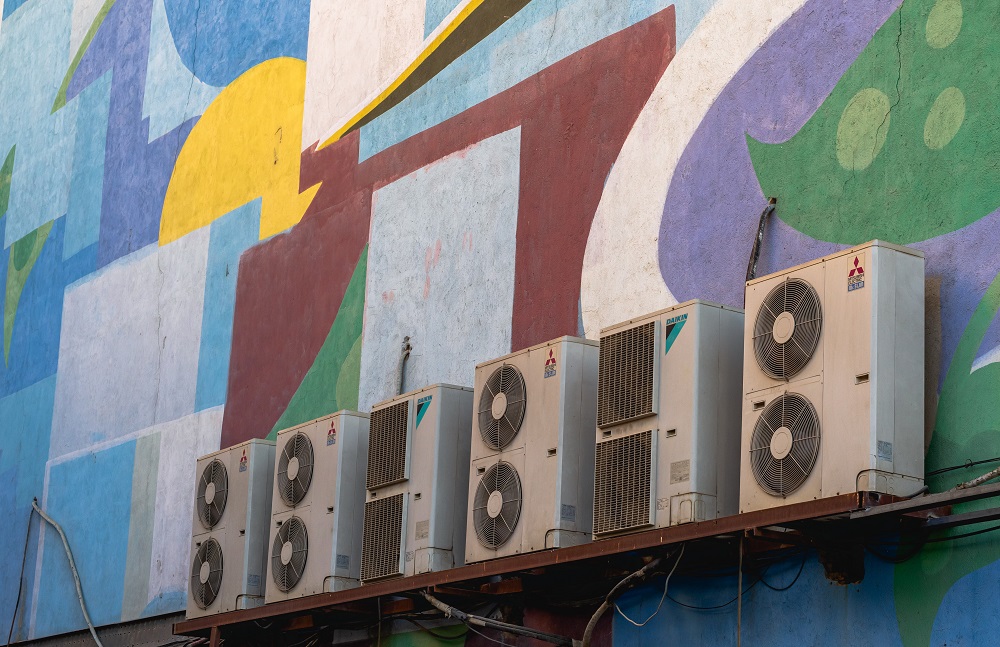

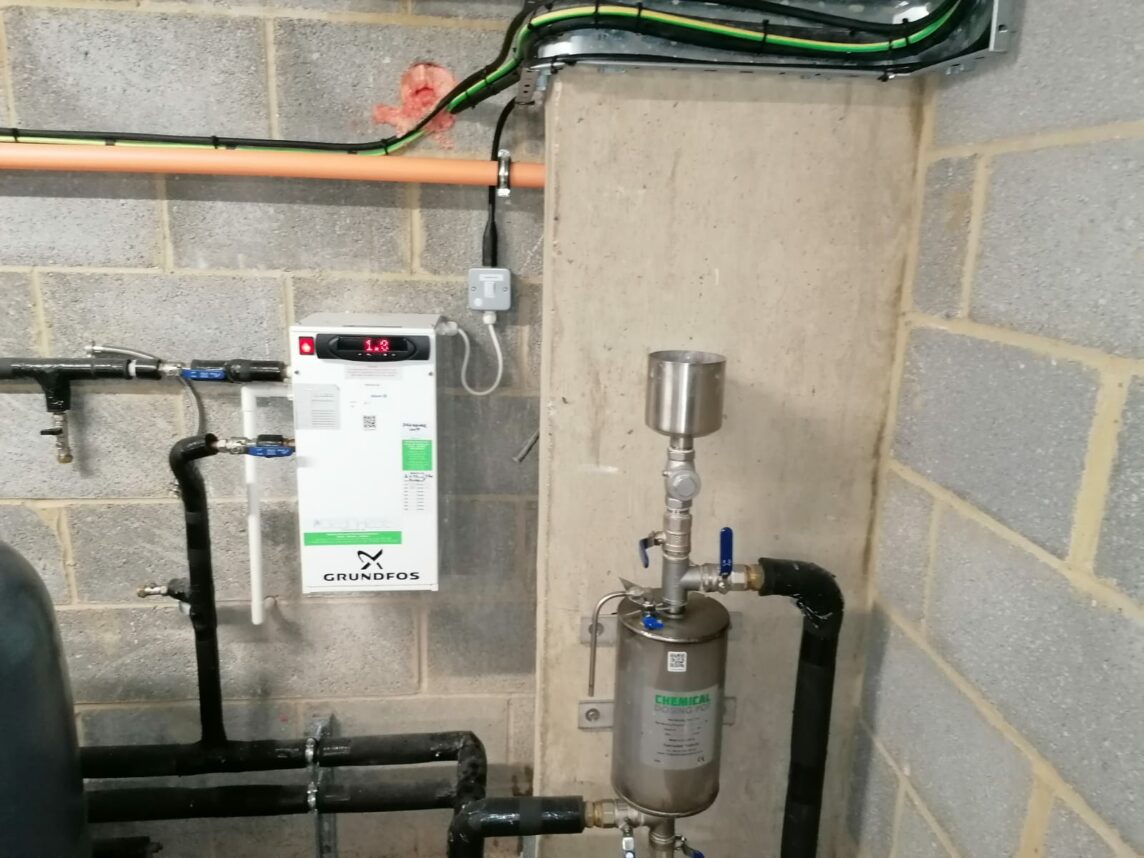
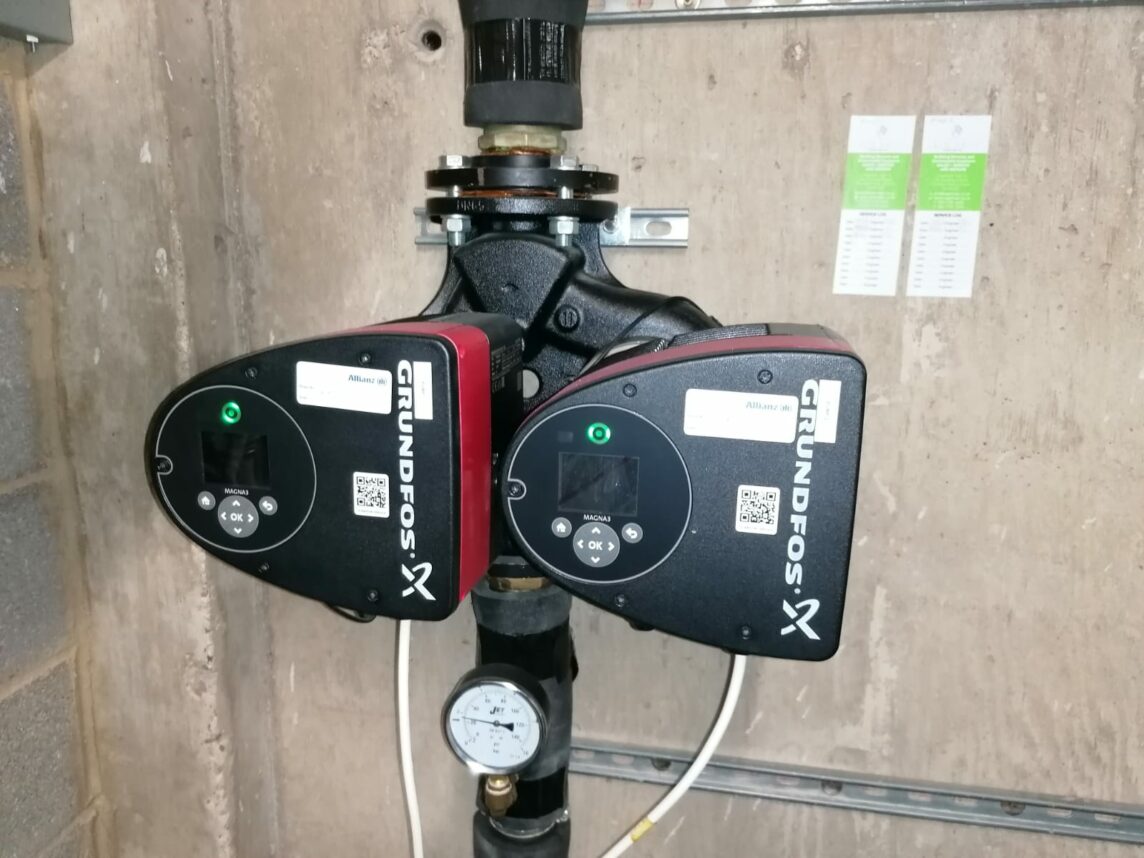
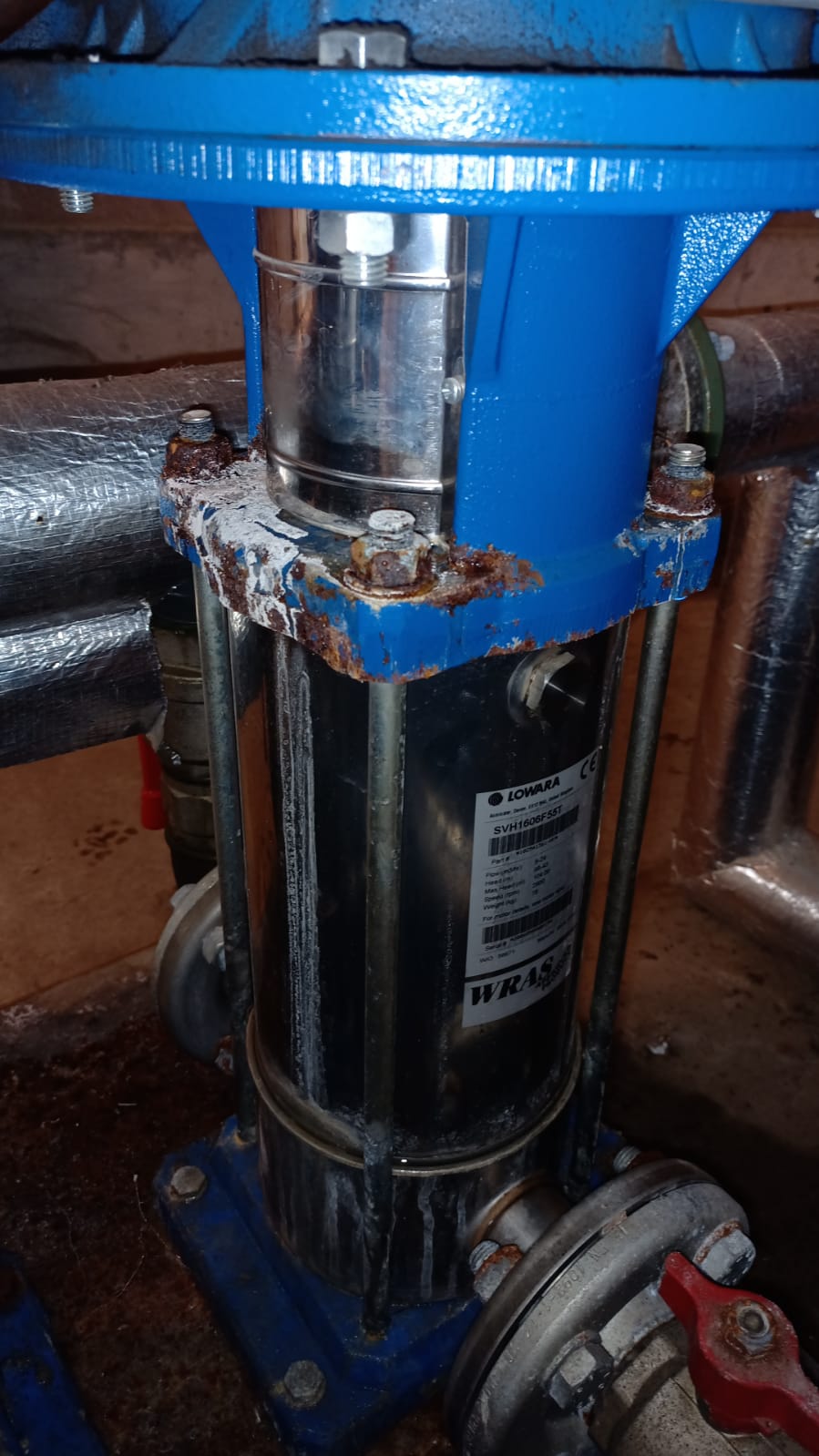

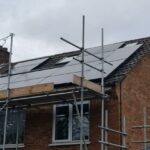


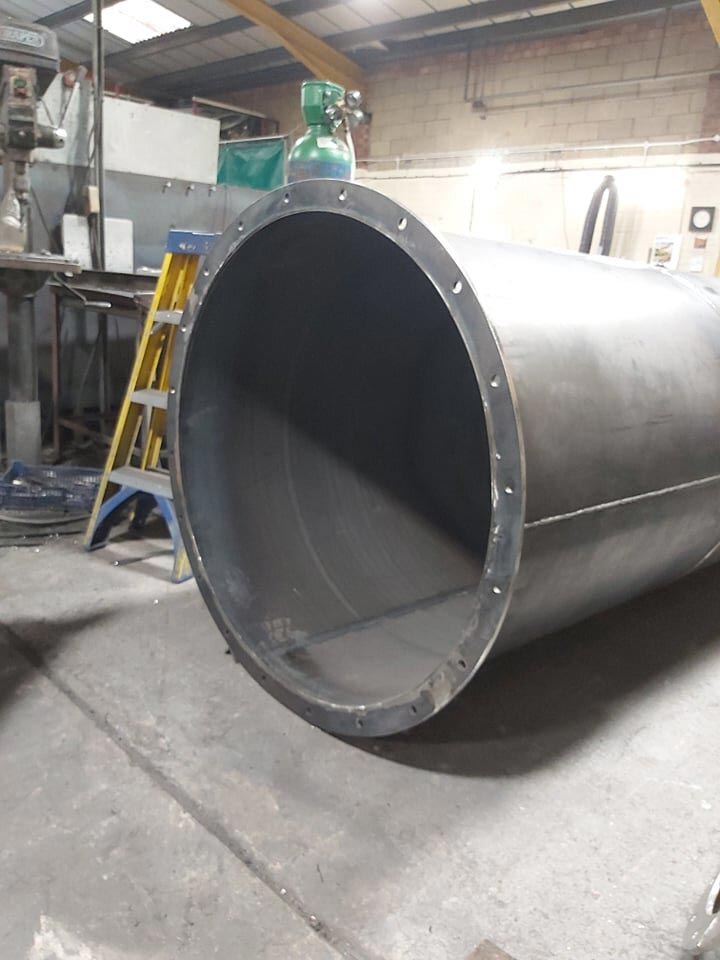
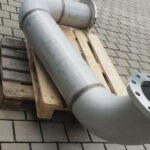
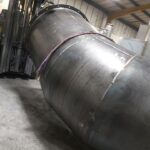
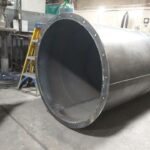
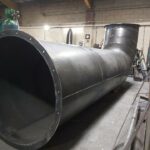
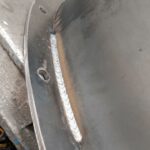

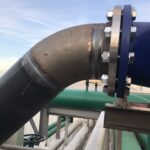
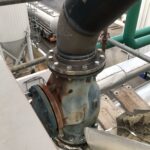

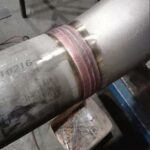
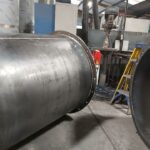

By
Bonus Eventus
in
COMMERCIAL, HVAC, HVAC Maintenance 24/7/365 call, News
First line of gas safety in the plantroom is the gas solenoid. In case of emergency this must shut off the gas supply to prevent fires and explosion. Its regular check is part of the PPM and it is checked and tested during GSCs.